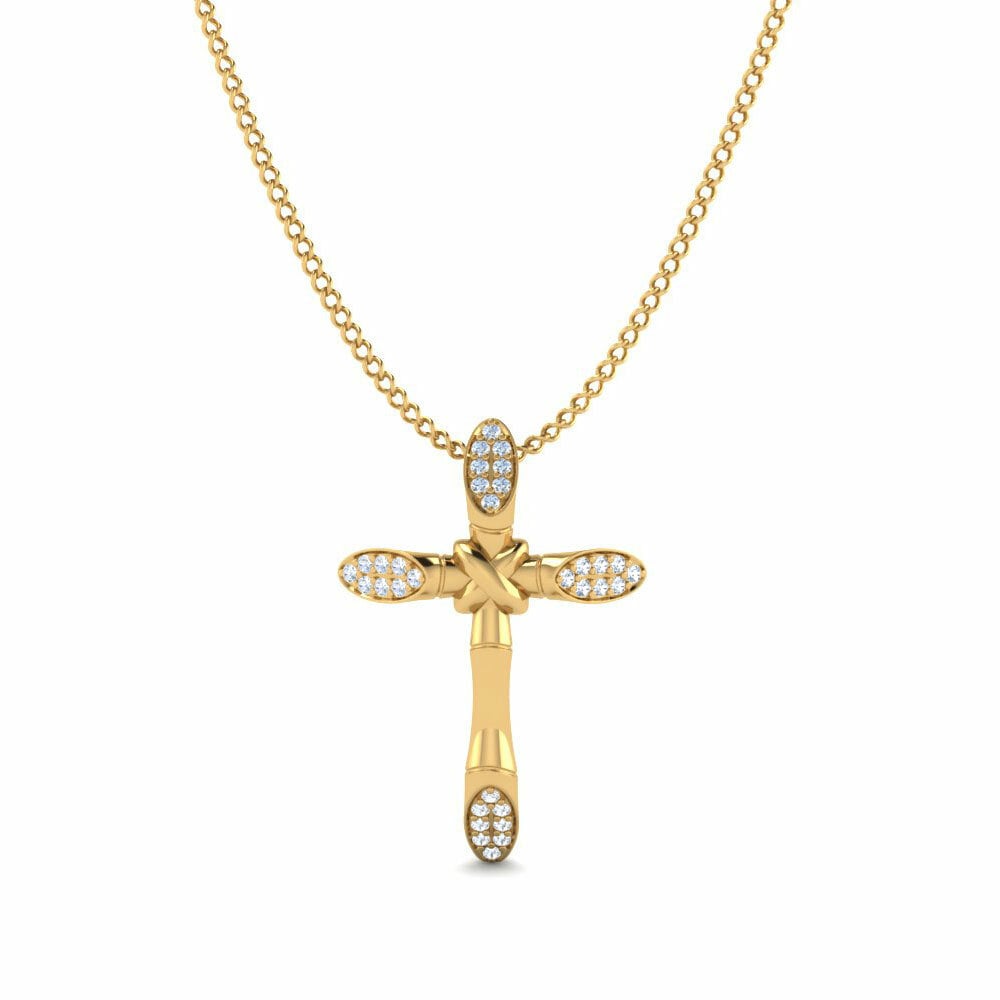Case Study: Mass Production of Cross Pendants for Dutch Client – JINGYING’s CAD-to-Finish Manufacturing Process
Table of Contents
- Executive Summary
- Project Overview: Dutch Client’s Custom Cross Pendant Order
- Understanding the European Religious Jewelry Market
- Technical Analysis of Provided CAD Files
- Material Selection & Compliance Considerations
- Production Workflow at JINGYING
- Quality Control Protocols
- Packaging & Branding Solutions
- Logistics & Customs Clearance
- Market Performance & Client Feedback
- Lessons Learned & Process Improvements
- Conclusion: Key Takeaways for CAD-Based Jewelry Production
1. Executive Summary
This whitepaper examines JINGYING’s complete manufacturing process for a Dutch jewelry retailer’s order of 25,000 sterling silver cross pendants. The project showcases:
- CAD file optimization for mass production
- EU compliance in religious jewelry manufacturing
- Efficient scaling from prototype to bulk delivery
- Solutions for common cross pendant production challenges
2. Project Overview
Client Profile:
- Established Amsterdam-based Christian jewelry retailer
- Annual turnover €4.2 million (2023)
- Specializes in minimalist religious jewelry
Order Specifications:
- Quantity: 25,000 units
- Material: 925 sterling silver
- Dimensions: 28mm × 18mm × 1.2mm
- Finish: High-polish with optional oxidation
- Delivery: 3 phased shipments over 5 months
3. European Religious Jewelry Market Analysis
Key Statistics:
- €380 million market value in Western Europe (2024)
- 62% of Christian jewelry buyers prefer sterling silver
- Netherlands accounts for 18% of EU religious jewelry sales
Design Trends:
- Minimalist crosses (75% of sales)
- Combination of modern and traditional elements
- Demand for unisex designs
4. CAD File Technical Assessment
Initial File Analysis:
- Software: Rhino 3D (version 7)
- File format: .3dm with 0.05mm tolerance
- Required modifications:
- Wall thickness increased from 0.8mm to 1.0mm
- Bail reinforcement added
- Engraving depth standardized
Optimization Process:
- Design for Manufacturing (DFM) review
- Stress point analysis
- Mold flow simulation
- Final approval cycle (3 iterations)
5. Material Selection & Compliance
Material Specifications:
- 925 sterling silver (92.5% Ag, 7.5% Cu)
- Nickel-free alloy composition
- Sourced from LBMA-approved refineries
Compliance Documentation:
- REACH certification
- Nickel Directive 2004/96/EC compliance
- Conflict Minerals Policy adherence
6. Production Workflow
Stage 1: Prototyping
- 3D printing (wax resin)
- Casting verification samples
- Client approval process
Stage 2: Mass Production
- Rubber mold making (50 cavities/mold)
- Wax injection (automated system)
- Investment casting (vacuum assisted)
- Deburring & pre-polishing
- Laser engraving (client’s Bible verse)
- Final polishing (magnetic tumbling)
- Rhodium plating (optional)
Production Capacity:
- 1,200 units/day (single shift)
- 85% first-pass yield rate
7. Quality Control Matrix
| Checkpoint | Method | Standard |
|---|---|---|
| Dimensional accuracy | Optical comparator | ±0.1mm tolerance |
| Silver purity | XRF testing | 92.5-93.5% Ag |
| Surface defects | 10x magnification | Zero visible flaws |
| Engraving depth | Depth gauge | 0.3mm ±0.05 |
| Bail strength | 5kg pull test | No deformation |
8. Packaging Solutions
Primary Packaging:
- Anti-tarnish strips in individual pouches
- Custom branded insert cards (FSC-certified paper)
Secondary Packaging:
- 100-unit display trays
- Export-grade cartons with humidity indicators
9. Logistics Management
Shipping Details:
- Incoterm: FOB Shanghai
- Lead time: 35 days production + 18 days transit
- Customs clearance:
- HS code: 71131110
- Import duty: 3.2% (EU preferential rate)
Supply Chain Risks Mitigated:
- Dual sourcing for silver grains
- Buffer stock for 15% overproduction
- ATA Carnet for sample shipments
10. Market Performance
Retail Metrics:
- MSRP: €79-€129
- Sell-through rate: 68% in first quarter
- Bestseller ranking: #3 in client’s 2024 catalog
Client Feedback:
“JINGYING’s technical team transformed our design into a manufacturable product without compromising aesthetics. Their DFM suggestions improved durability by 40%.”
11. Process Improvements
- Implemented automated engraving verification system
- Reduced wax waste by 22% through mold redesign
- Cut polishing time 30% with new abrasive compounds
12. Conclusion & Key Takeaways
Successful Project Outcomes:
✔ Delivered 25,134 units (0.5% over-delivery)
✔ Achieved 99.2% on-time delivery
✔ Maintained 0% quality complaints
Recommendations for Similar Projects:
- Conduct DFM analysis before finalizing CAD
- Build 10% extra units for quality buffer
- Plan for 3-4 prototype iterations
